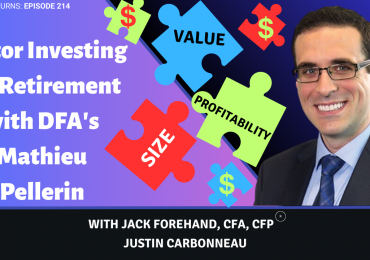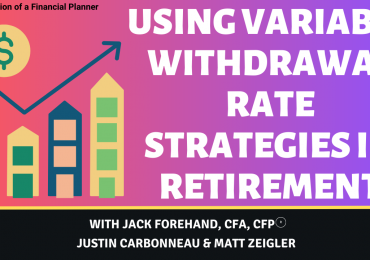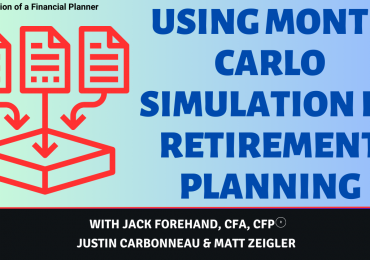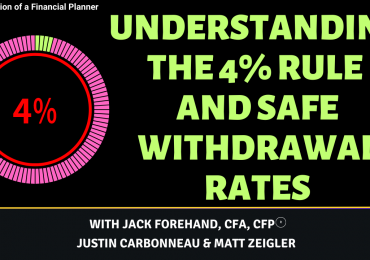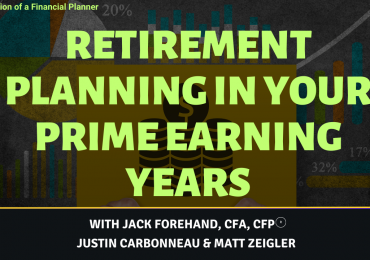A few decades ago, Nobel Prize-winning economist William Sharpe—creator of the Capital Asset Pricing Model (CAPM) and the return metric called the Sharpe ratio—turned his attention to the risk Americans face of potentially running out of money in retirement. This according to a recent article in Barron’s.
Sharpe created a computer program that covered 100,000 retirement-income scenarios based on different combinations of life spans and investment returns for a retired couple—which is available in a free eBook titled Retirement Income Scenario Matrices. He told Barron’s that the most difficult problem is knowing how to establish a balance between having enough income to meet your current needs and having enough to last through your lifetime.
Sharpe shared insights on how retirees can better manage this risk:
Uncertainty: Sharpe says that if you invest your money in anything except an annuity with cost-of-living adjustments, “you’re going to be subject to two kinds of uncertainty—investment uncertainty and mortality uncertainty.”
Financial advisor: According to Sharpe, it’s wise for retirees to consult with a financial advisor upon retirement. He adds, “I don’t necessarily advocate paying 1% of your asset to an advisor indefinitely.”
Social Security, says Sharpe, is a “big issue. The problem is that over the years, we’ve raised benefits without raising contributions accordingly.
Annuities: On the criticism surrounding the product, Sharpe argues, “The insurance and investment industries are beginning to come together and provide products where you can take some investment risk and also pool longevity risk. Of course, that’s what produces a plethora of complicated products.” For the “do-it-yourself” retiree, Sharpe suggests going online to learn about annuities and understand what options are available.

